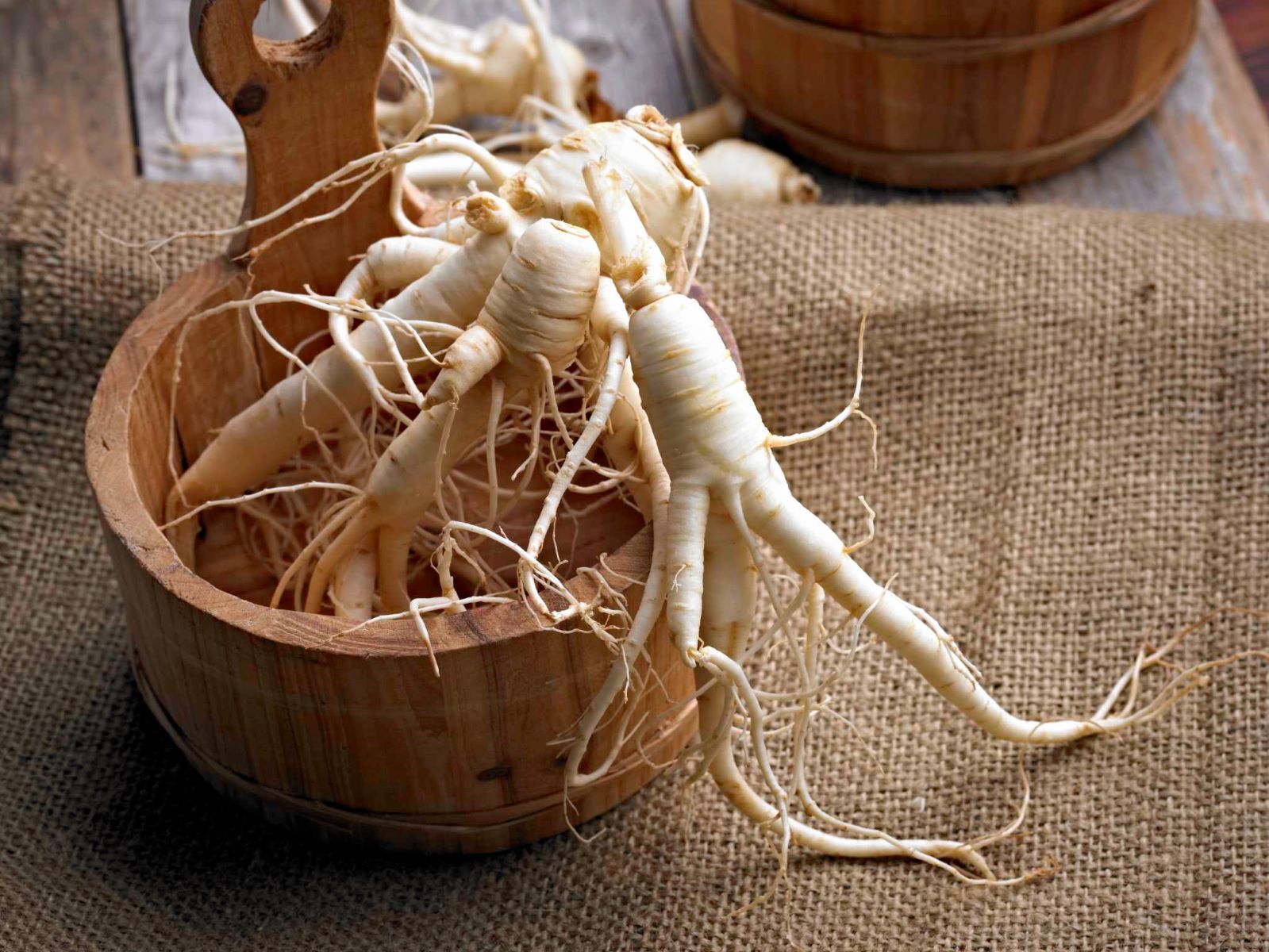

Articles
How To Store Ginseng Root
Modified: January 6, 2024
Learn effective methods for storing ginseng root and preserving its potency in this comprehensive guide. Discover insightful articles and tips to ensure long-lasting freshness.
(Many of the links in this article redirect to a specific reviewed product. Your purchase of these products through affiliate links helps to generate commission for Storables.com, at no extra cost. Learn more)
Introduction
Ginseng root is a highly valued and sought-after herbal remedy known for its numerous health benefits. Whether you have cultivated or purchased ginseng root, proper storage is essential to preserve its medicinal properties and prolong its shelf life. By storing ginseng root correctly, you can ensure that it remains fresh and potent for an extended period of time.
In this article, we will delve into the art of storing ginseng root. We will discuss the benefits of storing ginseng root, guide you on choosing the right roots for storage, share various methods for preparing ginseng root for storage, and provide practical tips for monitoring and checking your stored ginseng root. Let’s get started!
Key Takeaways:
- Proper storage of ginseng root is essential to maintain its potency, flavor, and medicinal properties. Whether refrigerating, freezing, drying, or storing in a cool, dark place, following the right methods is key to preserving this valuable herbal remedy.
- Regular monitoring and proper storage conditions are crucial to ensure the longevity and quality of stored ginseng root. By following tips such as using high-quality roots, protecting from light exposure, and maintaining proper airflow, you can successfully store ginseng root and enjoy its benefits for months or even years to come.
Read more: How To Store Fresh Ginseng Root
Benefits of Storing Ginseng Root
Storing ginseng root properly offers several key benefits. First and foremost, it helps maintain the potency and effectiveness of the root. Ginseng root contains valuable active compounds called ginsenosides, which have been associated with various health benefits, including reducing inflammation, boosting immune function, improving cognitive function, and increasing energy levels.
When ginseng root is stored correctly, these ginsenosides are preserved, ensuring that the root retains its medicinal properties. This is particularly important if you plan to use ginseng root for its health benefits or as part of traditional herbal remedies.
Proper storage also helps protect ginseng root from degradation and spoilage. Ginseng root is susceptible to moisture, heat, light, and air, all of which can lead to the deterioration of its quality. By storing ginseng root in a controlled environment, you can minimize the exposure to these factors, thus extending its shelf life.
In addition, storing ginseng root allows you to have a readily available supply whenever you need it. Whether you use ginseng root for personal consumption or as a trading commodity, having a well-preserved stock ensures that you can access its medicinal properties whenever required.
Lastly, proper storage can also help preserve the flavor and aroma of ginseng root. Ginseng root has a distinct earthy and slightly bitter taste, which is highly valued in traditional medicine and culinary applications. By storing the root properly, you can retain its rich flavor and aroma, enhancing the overall experience when using ginseng root in various recipes or preparations.
Now that you understand the benefits of storing ginseng root, let’s move on to the next section, where we will discuss how to choose the right roots for storage.
Choosing the Right Ginseng Roots
When it comes to storing ginseng root, selecting the right roots is crucial to ensure optimal preservation and quality. Here are a few key factors to consider when choosing ginseng roots for storage:
- Quality: Look for ginseng roots that are firm, plump, and have a smooth surface. Avoid roots that are discolored, shriveled, or have soft spots, as these may indicate decay or poor quality.
- Age: Ginseng roots are typically classified into different age categories, such as four-year-old, five-year-old, and so on. Older roots are often preferred for their higher concentration of ginsenosides and stronger medicinal properties.
- Size: Consider the size of the ginseng roots. Larger roots tend to have a higher market value, but they can also be more challenging to store due to their bulkiness. Choose roots that are a suitable size for your storage containers or chosen storage method.
- Wild vs. Cultivated: Ginseng roots can be either wild or cultivated. Wild ginseng is often considered more valuable and potent, but it may also be subject to stricter regulations and higher prices. Cultivated ginseng roots are more readily available and can still offer excellent quality for storage purposes.
- Origin: Consider the source and origin of the ginseng roots. Different regions may have variations in soil quality, growing conditions, and harvesting practices, which can impact the overall quality and potency of the roots.
It’s important to note that storing ginseng root is not limited to fresh roots. You can also store dried ginseng roots, which have a longer shelf life and are often more convenient to store. Dried ginseng roots can be rehydrated before use by soaking them in water for a few hours.
Now that you know how to choose the right ginseng roots for storage, let’s move on to the next section, where we will discuss the various methods for preparing ginseng root for storage.
Preparing Ginseng Root for Storage
Properly preparing ginseng root for storage is a crucial step in ensuring its longevity and quality. Here are some steps to follow when preparing ginseng root for storage:
- Clean the roots: Thoroughly wash the ginseng roots under cool running water to remove any dirt or debris. Use a soft brush to gently scrub the surface of the roots, being careful not to damage them.
- Inspect for damage: Check the roots for any signs of damage, such as mold, rot, or insect infestations. Remove any affected areas or damaged portions of the roots to prevent further deterioration.
- Trim the roots: Trim off any excess roots or wispy rootlets to create a more uniform shape. This not only improves the appearance of the roots but also helps prevent tangling or entwining during storage.
- Determine the storage method: Decide on the storage method you plan to use, whether it’s refrigeration, freezing, or drying. Different methods require different preparations, so make sure to choose the most suitable method for your needs.
- Preparation for refrigeration: If you plan to store ginseng root in the refrigerator, you can wrap each individual root in a slightly damp paper towel or place them in a perforated plastic bag to maintain moisture levels.
- Preparation for freezing: Freezing ginseng root is an effective way to extend its shelf life. Before freezing, blanch the roots in boiling water for a few minutes, then plunge them into an ice bath to cool. Pat them dry, place them in freezer-safe bags or containers, and remove as much air as possible before sealing.
- Preparation for drying: Drying ginseng root helps preserve it for a longer period and concentrates its flavor and medicinal properties. After cleaning and trimming, slice the roots into thin pieces. You can either air-dry them by placing them on a drying rack in a well-ventilated area or use a dehydrator to speed up the process.
- Label and date: Before storing the ginseng root, label the storage containers or bags with the date of storage. This helps you keep track of the freshness and allows for proper rotation when using the stored roots.
By following these preparation steps, you can ensure that your ginseng root is ready for storage and protected from deterioration or spoilage. In the next sections, we will dive into the specific methods of storing ginseng root, including refrigeration, freezing, and drying.
Storing Ginseng Root in the Refrigerator
Refrigeration is one of the most common methods for storing ginseng root, especially for short to medium-term storage. By keeping the roots in a controlled environment with low temperature and humidity, you can slow down the degradation process and preserve the freshness of the roots. Here’s how you can store ginseng root in the refrigerator:
- Preparation: After cleaning and trimming the ginseng roots, wrap each individual root in a slightly damp paper towel. This helps maintain a suitable level of moisture and prevents the roots from drying out.
- Storage container: Place the wrapped roots in a perforated plastic bag or airtight container. The perforations allow for proper airflow, preventing condensation and molding.
- Temperature and humidity: Set your refrigerator to a temperature between 32°F and 41°F (0°C and 5°C) and maintain a relative humidity level of around 60-70%. This temperature range and humidity level help keep the ginseng roots fresh while preventing excessive moisture buildup.
- Storage duration: When stored properly in the refrigerator, ginseng root can stay fresh for up to several weeks. However, it is recommended to check the roots regularly for any signs of spoilage or degradation and use them within a reasonable time frame to ensure their potency.
- Placement in the refrigerator: Store the ginseng roots in the vegetable crisper drawer or in a designated storage area in your refrigerator. Keep them away from strong-smelling foods, as ginseng can absorb odors easily.
- Rotation: If you have multiple batches or containers of ginseng roots, make sure to use the oldest roots first. This practice ensures that none of the roots go to waste and allows for a steady supply of fresh ginseng.
It’s important to note that while refrigeration effectively slows down the degradation process, it is not a long-term storage solution. If you have a large quantity of ginseng root or plan to store it for an extended period, consider freezing or drying the roots for better preservation. In the next sections, we will explore these methods in detail.
Read more: How To Store Strawberry Roots
Freezing Ginseng Root
Freezing is an excellent method for preserving ginseng root for longer durations. It helps inhibit bacterial growth and enzymatic activity, ensuring that the root retains its quality and potency. Here’s how you can freeze ginseng root:
- Blanching: Start by blanching the ginseng roots. Blanching helps destroy enzymes that can cause deterioration over time. Bring a pot of water to a boil and carefully place the cleaned and trimmed ginseng roots into the boiling water. Blanch them for 3-5 minutes.
- Cooling: After blanching, immediately transfer the ginseng roots into an ice bath to stop the cooking process. Let them cool for a few minutes before proceeding.
- Drying: Once the roots are cooled, pat them dry with a clean kitchen towel or paper towel. It’s essential to remove excess moisture as it can lead to freezer burn or ice crystals on the roots.
- Packaging: Place the dried ginseng roots into freezer-safe bags or airtight containers. Try to remove as much air as possible from the packaging to prevent freezer burn.
- Labeling: Label the bags or containers with the date of freezing. This will help you keep track of the duration of storage and ensure proper rotation when using the frozen ginseng roots.
- Freezing: Put the packaged ginseng roots in the freezer, making sure to keep them away from the freezer door or areas that are prone to temperature fluctuations. The ideal freezer temperature for storing ginseng roots is below 0°F (-18°C).
- Thawing and using: When you need to use the frozen ginseng roots, simply take out the desired amount and thaw them in the refrigerator overnight. Avoid thawing and refreezing the roots repeatedly, as this can affect their texture and quality.
Frozen ginseng roots can retain their quality for up to a year or longer. However, it’s worth noting that the texture of the roots may change slightly after freezing. They might become slightly softer, but their medicinal properties should remain intact. Freezing is a reliable method if you have a large quantity of ginseng root or want to store it for an extended period.
In the next section, we will explore the option of drying ginseng root for storage.
Store ginseng root in a cool, dark, and dry place, such as a pantry or a cellar. Keep it away from moisture and direct sunlight to maintain its potency and flavor.
Drying Ginseng Root
Drying is an effective method for preserving ginseng root, as it removes moisture and concentrates the flavor and medicinal compounds. Dried ginseng root can be stored for a long time without losing its potency. Here’s how you can dry ginseng root:
- Prepare the roots: Start by cleaning and trimming the ginseng roots. Remove any dirt, debris, or damaged parts. Slice the roots into thin pieces for faster and more efficient drying.
- Air drying: For air drying, you can simply place the ginseng root slices on a drying rack or a clean, dry surface. Ensure that the slices are evenly spaced to allow proper airflow around each piece. Choose a well-ventilated area away from direct sunlight and excessive humidity.
- Dehydrator: If you prefer a faster drying process, you can use a food dehydrator. Arrange the ginseng root slices on the dehydrator trays, leaving space between each slice for air circulation. Set the dehydrator to a low temperature (around 110°F or 43°C) and let it run until the roots are crispy and completely dry.
- Testing for dryness: To check if the ginseng root slices are dry enough, try bending them. If they snap and break easily, they are adequately dried. If they are still pliable or soft, they need more drying time.
- Storage: Once the ginseng root slices are completely dry, store them in airtight containers or resealable bags. Label the containers with the date of drying to keep track of the freshness. Store the dried root in a cool, dark place to maintain its quality.
- Rehydration: When you want to use the dried ginseng root, soak the desired amount in warm water for a few hours to rehydrate it. Once fully rehydrated, you can use the ginseng root in soups, teas, or other recipes that require its flavorful and medicinal properties.
Dried ginseng root can be stored for several years without significant loss of potency. Make sure to periodically check the stored roots for any signs of moisture or mold, and discard any spoiled pieces to prevent contamination.
Now that you have learned how to properly dry ginseng root, we will move on to storing ginseng root in a cool, dark place.
Storing Ginseng Root in a Cool, Dark Place
In addition to refrigeration, freezing, and drying, storing ginseng root in a cool, dark place is another option for preserving its quality and potency. This method is ideal for individuals who prefer to keep their ginseng root in its natural form, rather than having it undergo freezing or drying processes. Here’s how you can store ginseng root in a cool, dark place:
- Choose the storage location: Find a cool, dark place in your home where you can store the ginseng root. It should be away from direct sunlight, heat sources, and areas with high humidity. A pantry, cellar, or basement can be suitable choices.
- Preparation: Clean and trim the ginseng roots as mentioned earlier. Ensure that they are completely dry before proceeding with the storage process.
- Storage containers: Use containers that provide adequate airflow and help maintain a stable environment. Brown paper bags or mesh bags are ideal options as they allow for proper air circulation, prevent moisture buildup, and protect the roots from light exposure.
- Arrange the roots: Place the ginseng roots in a single layer inside the storage containers. Avoid overcrowding them to promote airflow and prevent the roots from touching each other.
- Temperature and humidity: The storage area should have a cool and stable temperature, ideally between 45°F and 55°F (7°C and 13°C). The relative humidity should be kept around 60-70% to prevent excess moisture or dryness, both of which can affect the quality of the root.
- Checking for spoilage: Regularly inspect the stored ginseng roots for any signs of mold, decay, or softness. If you notice any spoiled roots, remove them immediately to prevent the spread of contamination.
- Rotation: Just like with other storage methods, it’s important to use the oldest ginseng roots first to ensure freshness and potency. This rotation practice helps prevent waste and ensures a steady supply of quality ginseng root.
Storing ginseng root in a cool, dark place is suitable for individuals who have limited storage space or prefer to keep the root in its natural form. However, it’s essential to monitor the condition of the stored roots and consume them within a reasonable timeframe to ensure optimal freshness and potency.
Now that you are familiar with various methods of storing ginseng root, let’s move on to the next section, where we will discuss practical tips for monitoring and checking your stored ginseng root.
Monitoring and Checking Stored Ginseng Root
Proper monitoring and regular checks are crucial to ensure the quality and freshness of stored ginseng root. By following these tips, you can identify any signs of spoilage or degradation and take appropriate action to maintain the potency of the root:
- Regular inspections: Set a schedule to inspect the stored ginseng root at regular intervals. Depending on the storage method used, check the roots weekly, bi-weekly, or monthly. Look for any signs of mold, decay, or soft spots on the roots. Remove any spoiled roots immediately to prevent the spread of contamination.
- Check for moisture: Moisture can lead to the growth of mold or deterioration of the ginseng root. Ensure that the storage containers or bags are not retaining excess moisture. If needed, replace any damp paper towels or transfer the roots to fresh, dry containers.
- Watch out for changes in aroma or appearance: Pay attention to any changes in the aroma or appearance of the stored ginseng root. It should have a distinctive earthy smell and maintain its original color. Any off-putting odors or discoloration can indicate spoilage.
- Temperature and humidity control: Maintain the appropriate temperature and humidity levels in the storage area. Monitor the temperature regularly and make adjustments if necessary. Use a hygrometer to measure and control the humidity levels, ensuring they stay within the recommended range for ginseng storage.
- Organize and rotate: Keep the stored ginseng root organized and labeled with the date of storage. Proper rotation ensures that you use the oldest roots first, minimizing waste and ensuring a fresh supply of ginseng root. Consider implementing a first-in, first-out (FIFO) system for efficient storage management.
- Store separately: If you have different batches or varieties of ginseng root, consider storing them separately. This helps maintain the unique qualities and flavors of each batch and prevents cross-contamination.
- Proper packaging: Ensure that the storage containers or bags are airtight and provide adequate protection from light exposure. Light can degrade the quality of ginseng root over time, so it’s important to minimize its exposure.
- Keep records: Maintain a record of the storage conditions, dates of inspections, and any observations or notes. This allows you to track the longevity and quality of the stored ginseng root and make any necessary adjustments to your storage practices.
By being diligent in monitoring and checking your stored ginseng root, you can maintain its potency and quality over an extended period. Regular inspections and proper storage conditions are key to ensuring that the root remains fresh and suitable for use.
Now let’s move on to the final section of this article, where we will provide some additional tips for storing ginseng root properly.
Read more: How To Store Cilantro With Roots
Tips for Storing Ginseng Root Properly
To ensure the proper storage of ginseng root and maximize its shelf life, here are some additional tips to keep in mind:
- Use quality roots: Start with high-quality ginseng roots that are fresh and free from any damage or decay. Choosing premium roots ensures a better storage outcome.
- Avoid exposure to light: Ginseng root is sensitive to light, which can degrade its quality and affect its potency. Store the root in opaque containers or wrap it in brown paper bags to protect it from exposure to light.
- Maintain proper airflow: Adequate airflow is essential to prevent moisture buildup and maintain the freshness of the ginseng root. Avoid storing the roots in airtight containers that may retain excess moisture.
- Label all storage containers: Clearly label each storage container or bag with the date of storage. This allows you to keep track of the freshness of the ginseng root and ensures proper rotation.
- Keep away from strong odors: Ginseng root easily absorbs odors from nearby foods. Keep it away from strong-smelling items like onions, garlic, and spices to maintain its unique flavor and aroma.
- Avoid temperature fluctuations: Fluctuations in temperature can negatively affect the quality of ginseng root. Store it away from areas with temperature variations, such as near heaters, ovens, or direct sunlight.
- Store small quantities for frequent use: If you use ginseng root regularly, consider storing smaller quantities at a time. This allows for faster rotation and ensures that you always have fresh ginseng root on hand.
- Store roots separately: If you have different varieties or ages of ginseng root, consider storing them separately. This helps maintain their unique characteristics and prevents any mixing of flavors or qualities.
- Properly seal frozen roots: When freezing ginseng root, ensure that the packaging is sealed tightly to prevent freezer burn and maintain the root’s quality. Vacuum-sealed bags or containers with airtight lids are ideal for freezing.
- Consider storing in airtight jars: If you prefer a more elegant storage option, you can store dried ginseng root in airtight glass jars. Make sure the jars are cleaned and completely dry before putting the root inside.
By following these tips, you can ensure that your ginseng root remains fresh, potent, and ready for use whenever you need it. Remember to monitor the stored roots regularly and discard any spoiled or deteriorated pieces to maintain the overall quality of your ginseng supply.
Now that you have a comprehensive understanding of how to store ginseng root properly, you can confidently preserve its medicinal properties and enjoy its health benefits for an extended period.
How to Store Ginseng Root
Conclusion
Proper storage of ginseng root is vital to maintain its potency, flavor, and medicinal properties. Whether you choose to store it in the refrigerator, freezer, or in a cool, dark place, following the right methods and techniques is key to preserving the quality of this valuable herbal remedy.
In this article, we explored various methods of storing ginseng root, including refrigeration, freezing, drying, and storing in a cool, dark place. Each method has its advantages and considerations, allowing you to choose the most suitable approach based on your needs and preferences.
Refrigeration is an effective method for short to medium-term storage, preserving the freshness and potency of the root. Freezing ginseng root extends its shelf life and is ideal for long-term storage. Drying the root concentrates its flavor and medicinal compounds, making it convenient and long-lasting. Storing in a cool, dark place maintains the root’s natural form.
Throughout the storage process, it’s crucial to monitor the stored ginseng root for any signs of spoilage, moisture, or changes in aroma or appearance. Regular inspections and proper storage conditions help ensure the longevity and quality of the root.
By following our tips, including using high-quality roots, protecting from light exposure, maintaining proper airflow, and labeling storage containers, you can successfully store ginseng root and enjoy its benefits for months or even years to come.
Remember, ginseng root is a precious herbal remedy with a rich history and a wide range of health benefits. By storing it properly, you can ensure that its potency and quality are preserved, allowing you to fully experience its remarkable properties.
So, whether you have cultivated ginseng root in your garden or purchased it from a trusted source, take the time and effort to store it correctly. Doing so will ensure that you have a fresh supply of ginseng root whenever you need it.
Now that you have the knowledge and tools to store ginseng root properly, go ahead and preserve its powerful properties for your future use. Embrace the benefits this remarkable herb has to offer and incorporate it into your daily wellness routine.
Frequently Asked Questions about How To Store Ginseng Root
Was this page helpful?
At Storables.com, we guarantee accurate and reliable information. Our content, validated by Expert Board Contributors, is crafted following stringent Editorial Policies. We're committed to providing you with well-researched, expert-backed insights for all your informational needs.
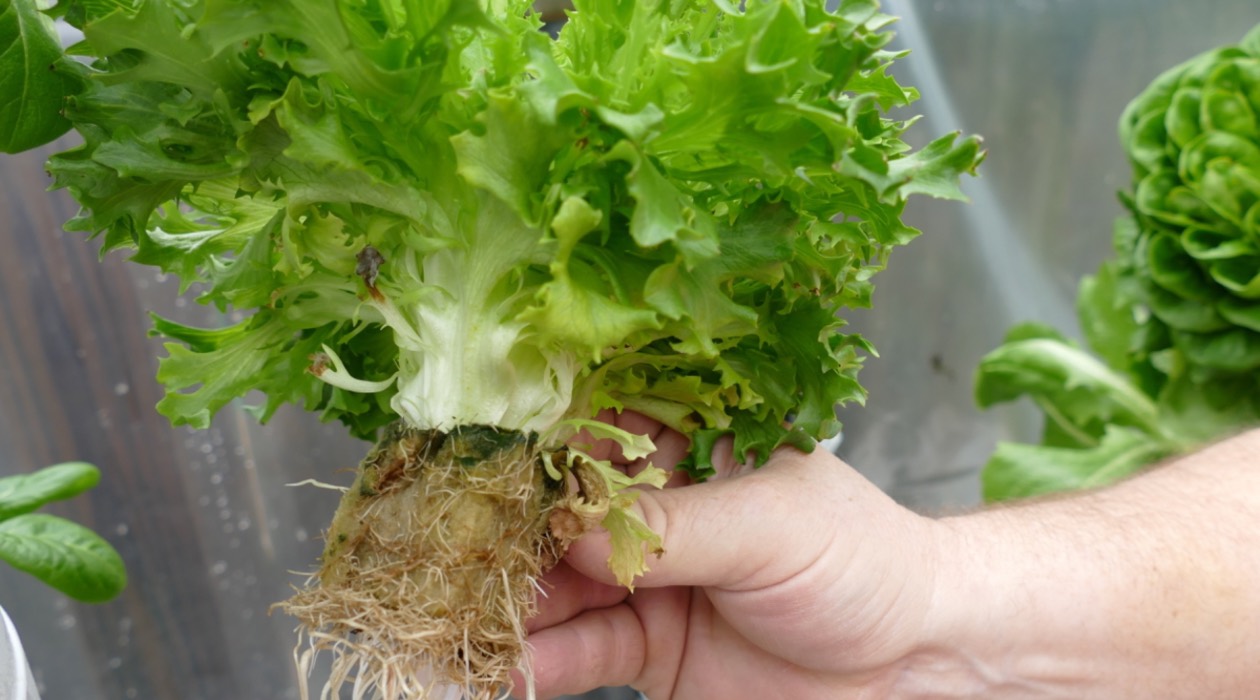
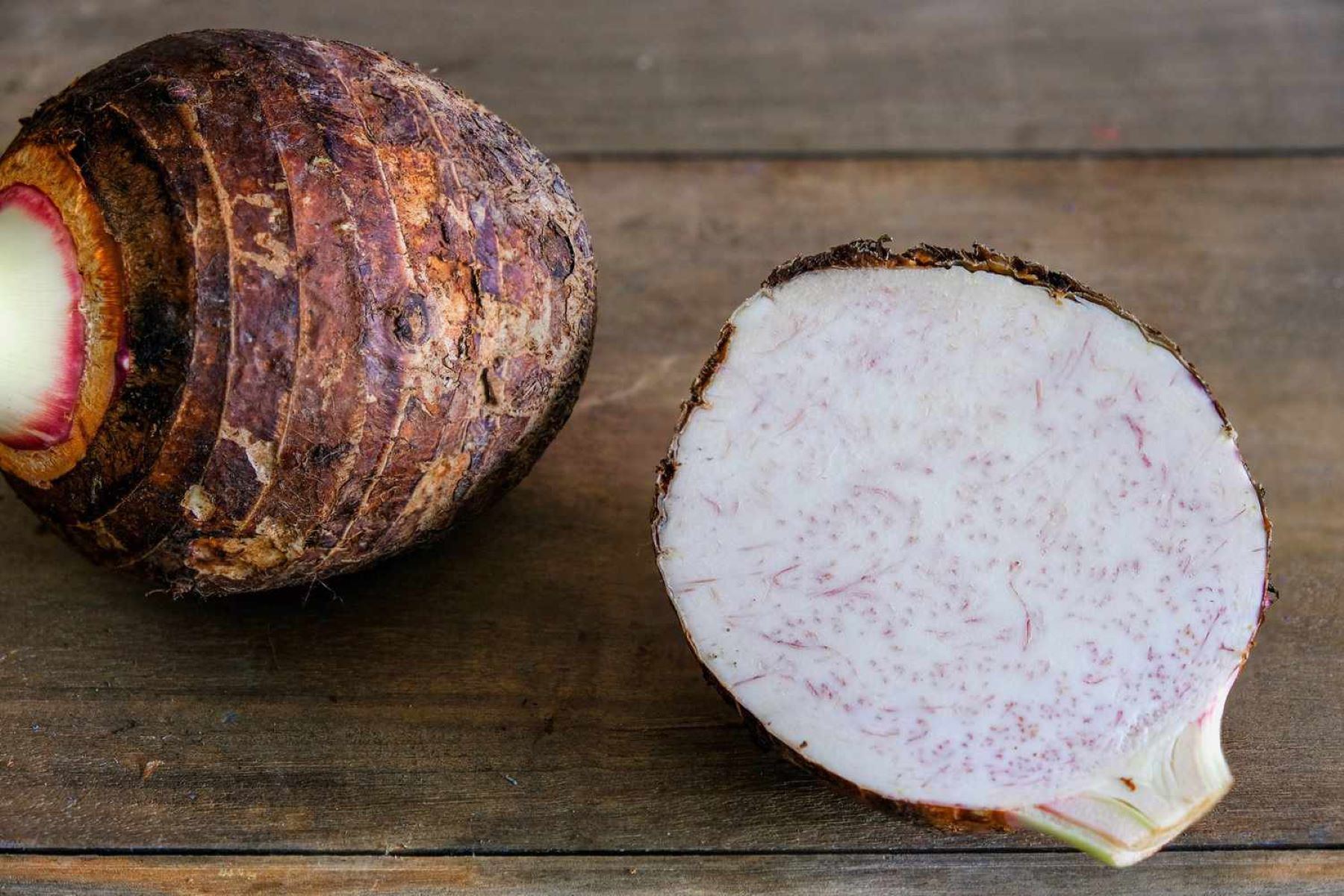
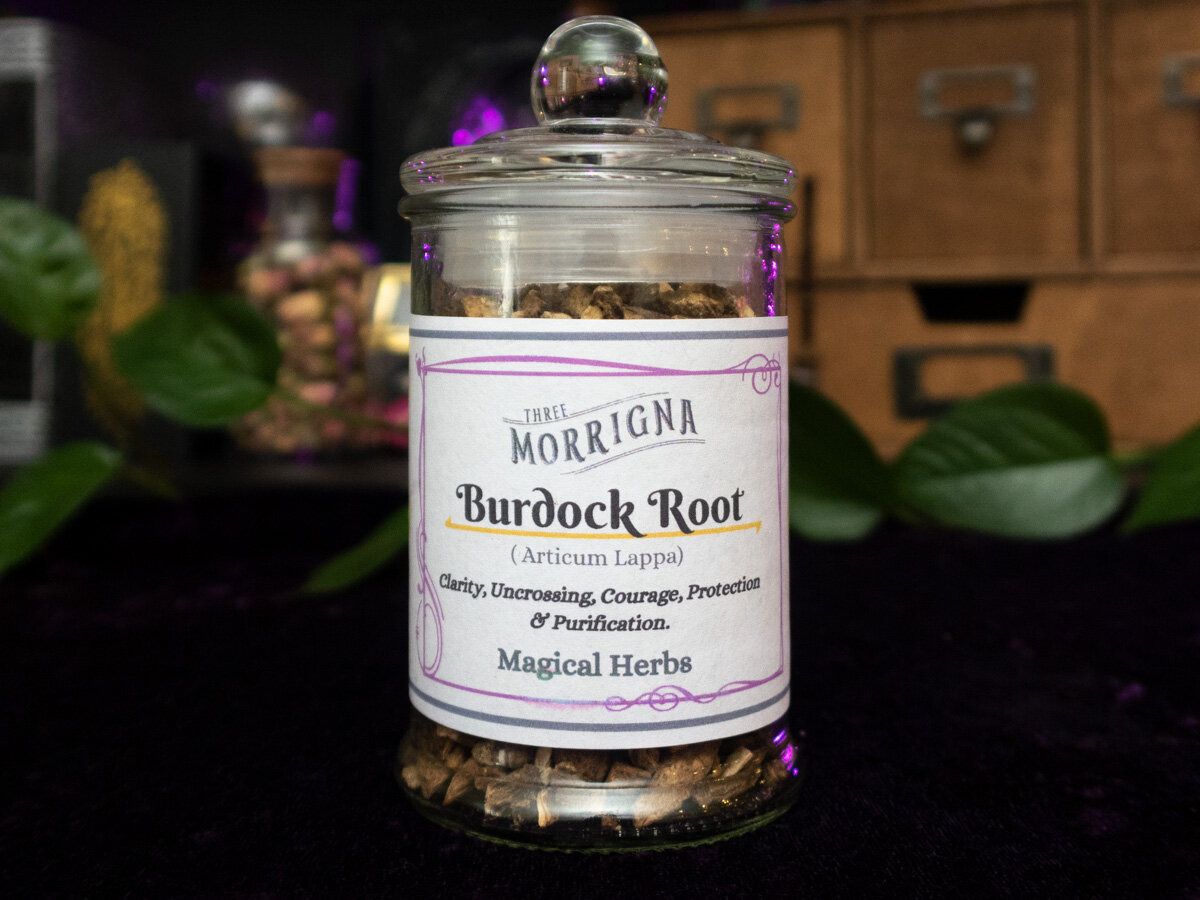

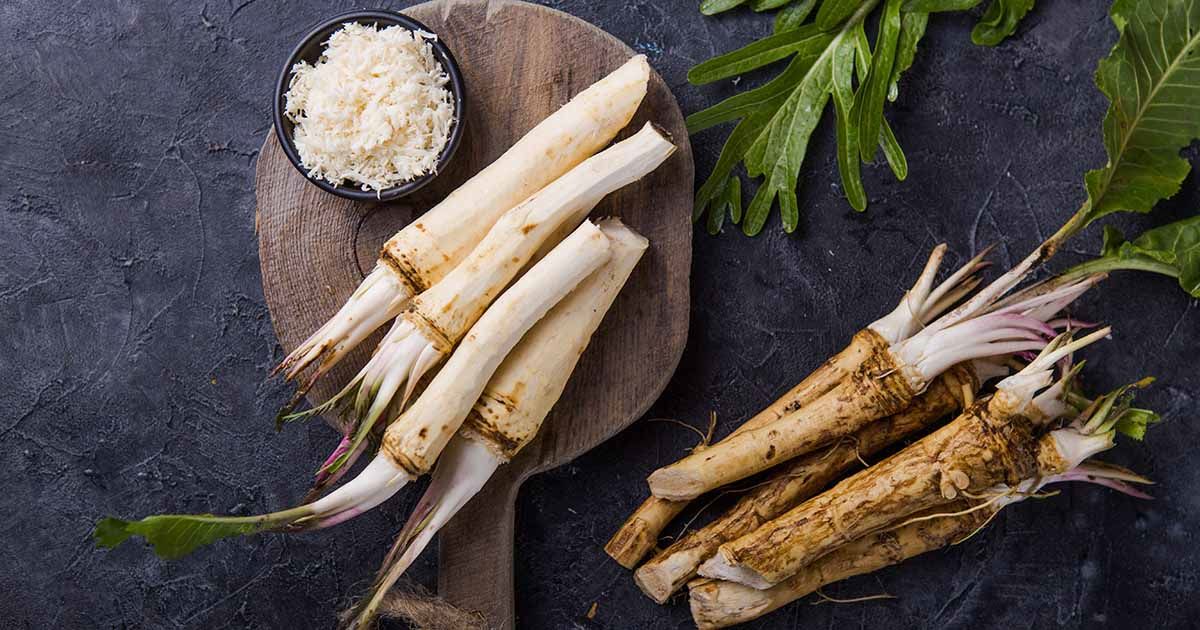
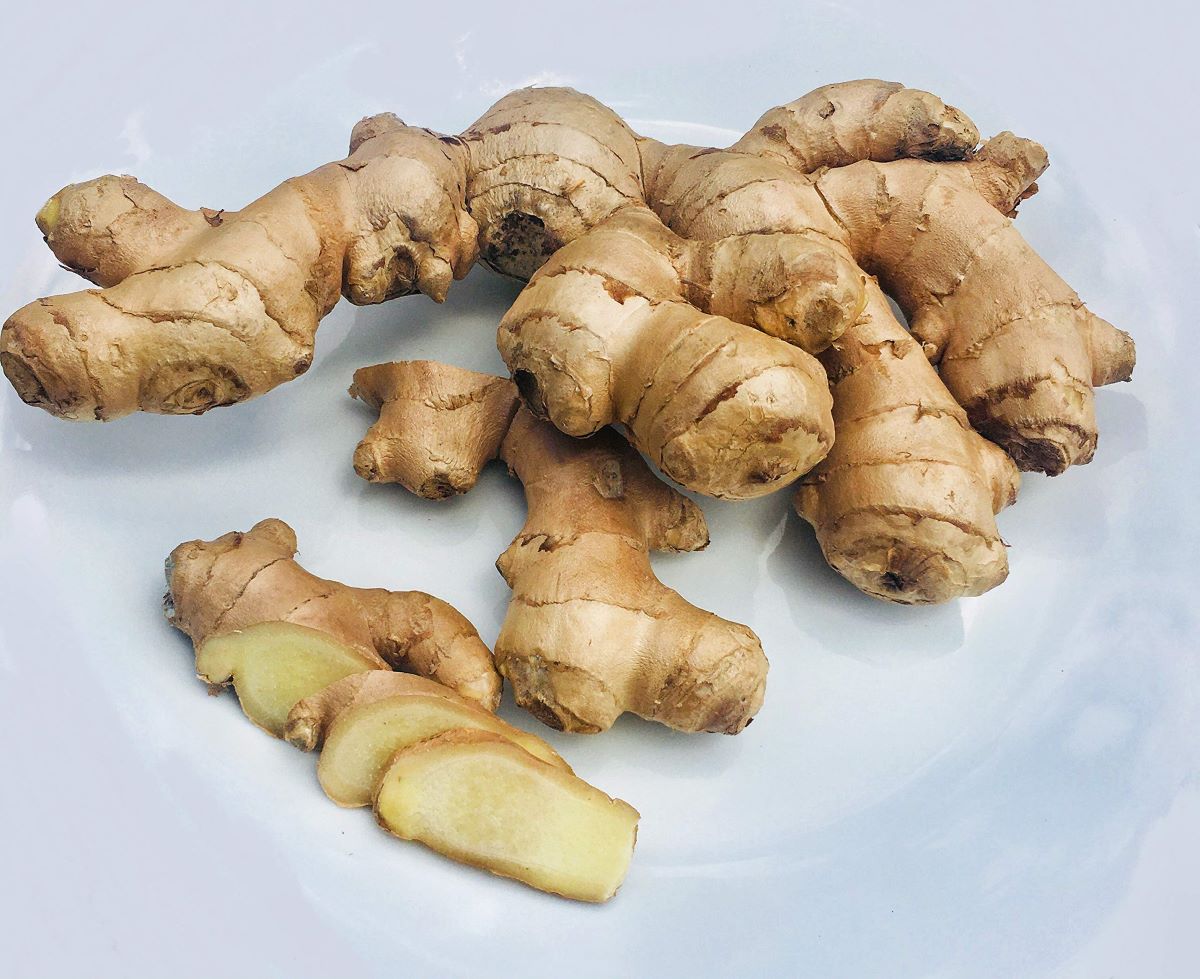
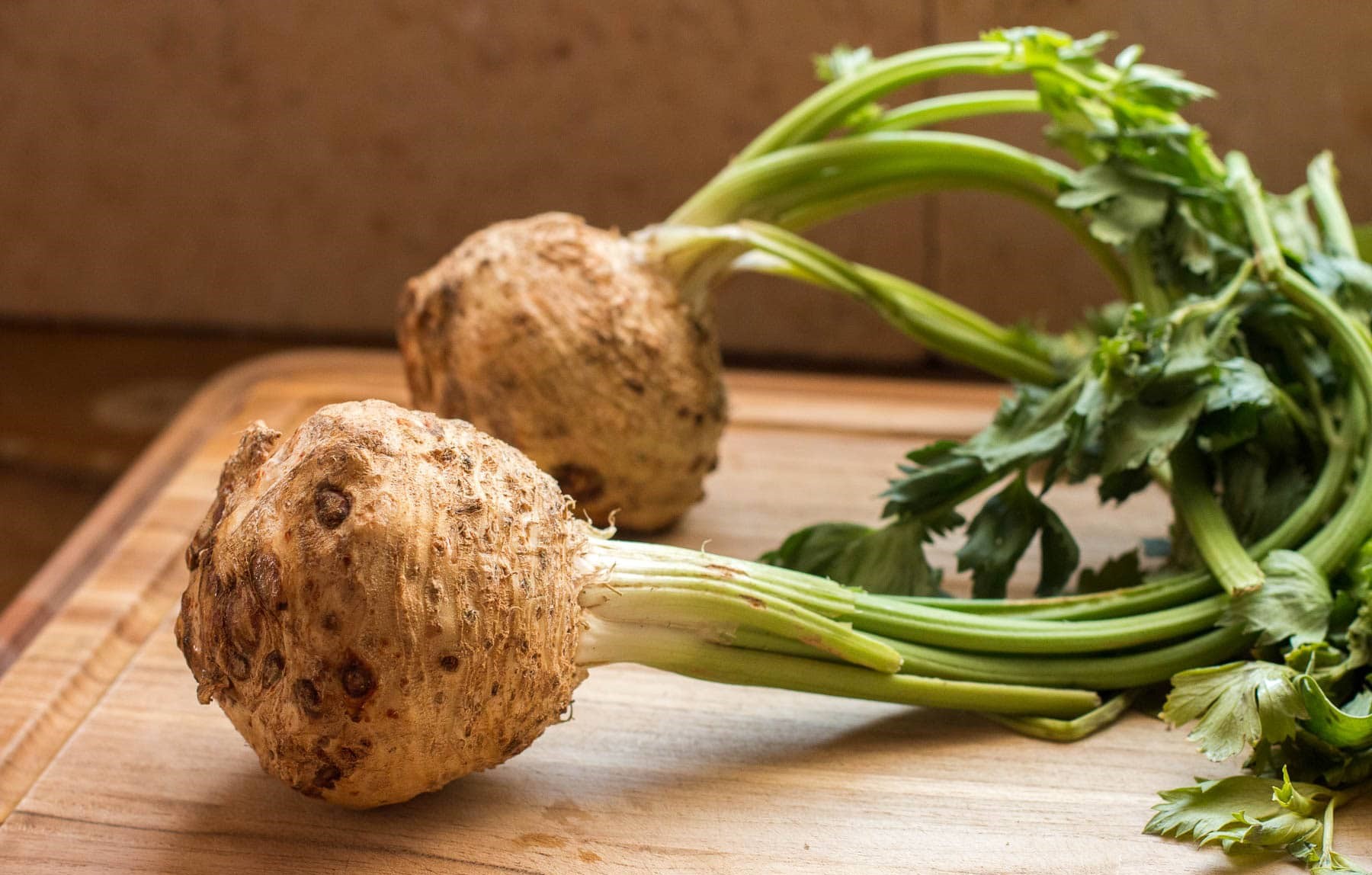
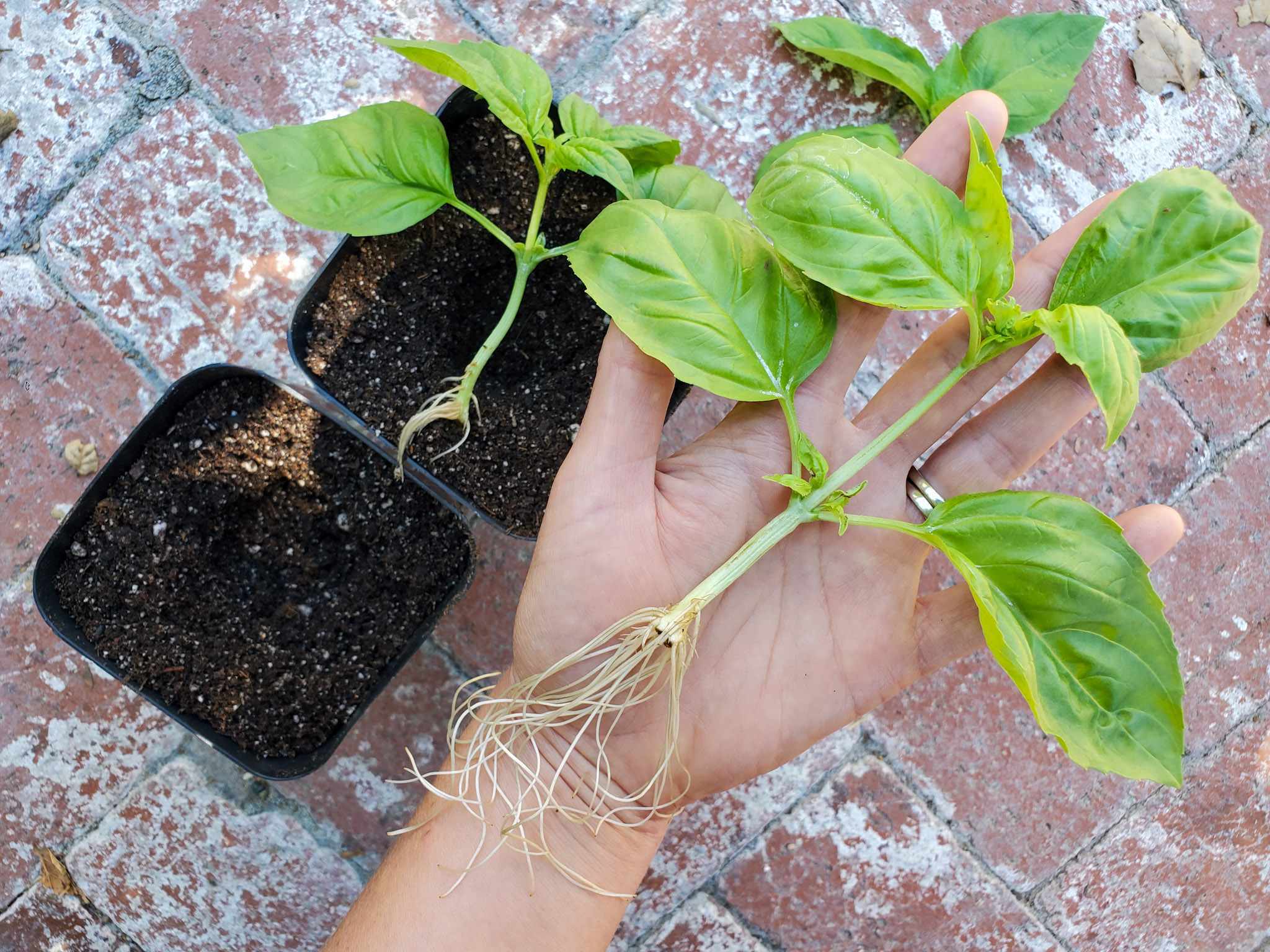
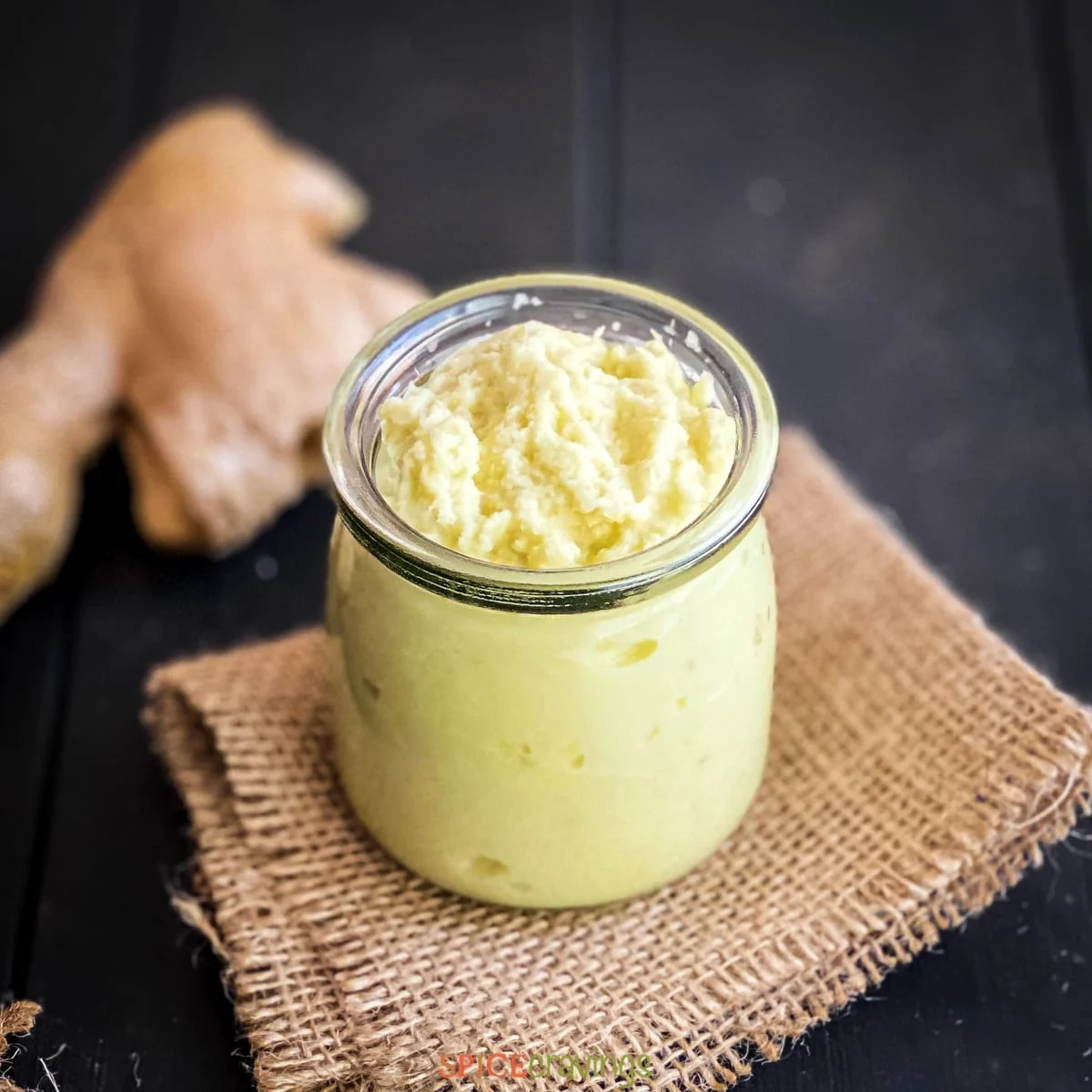

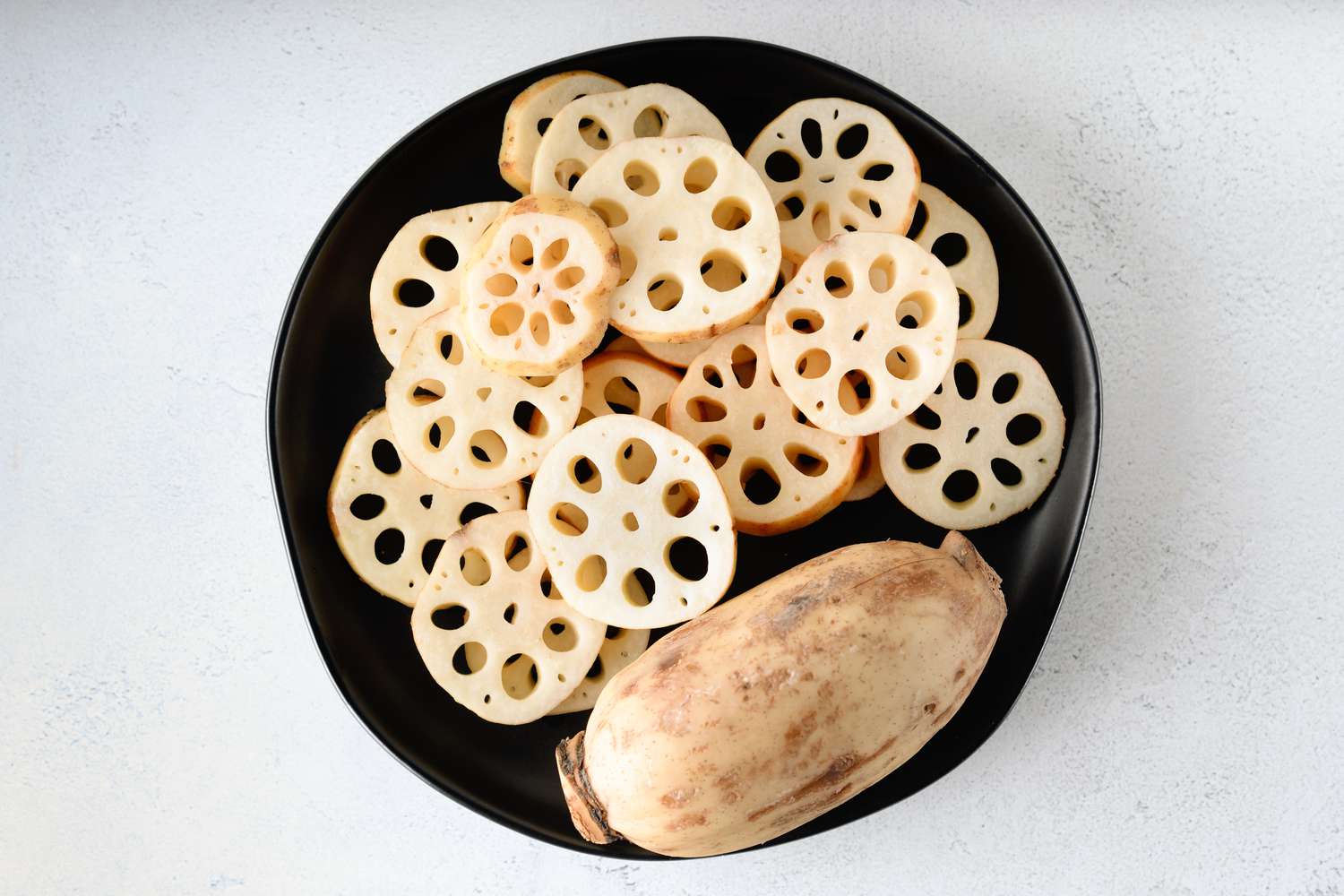

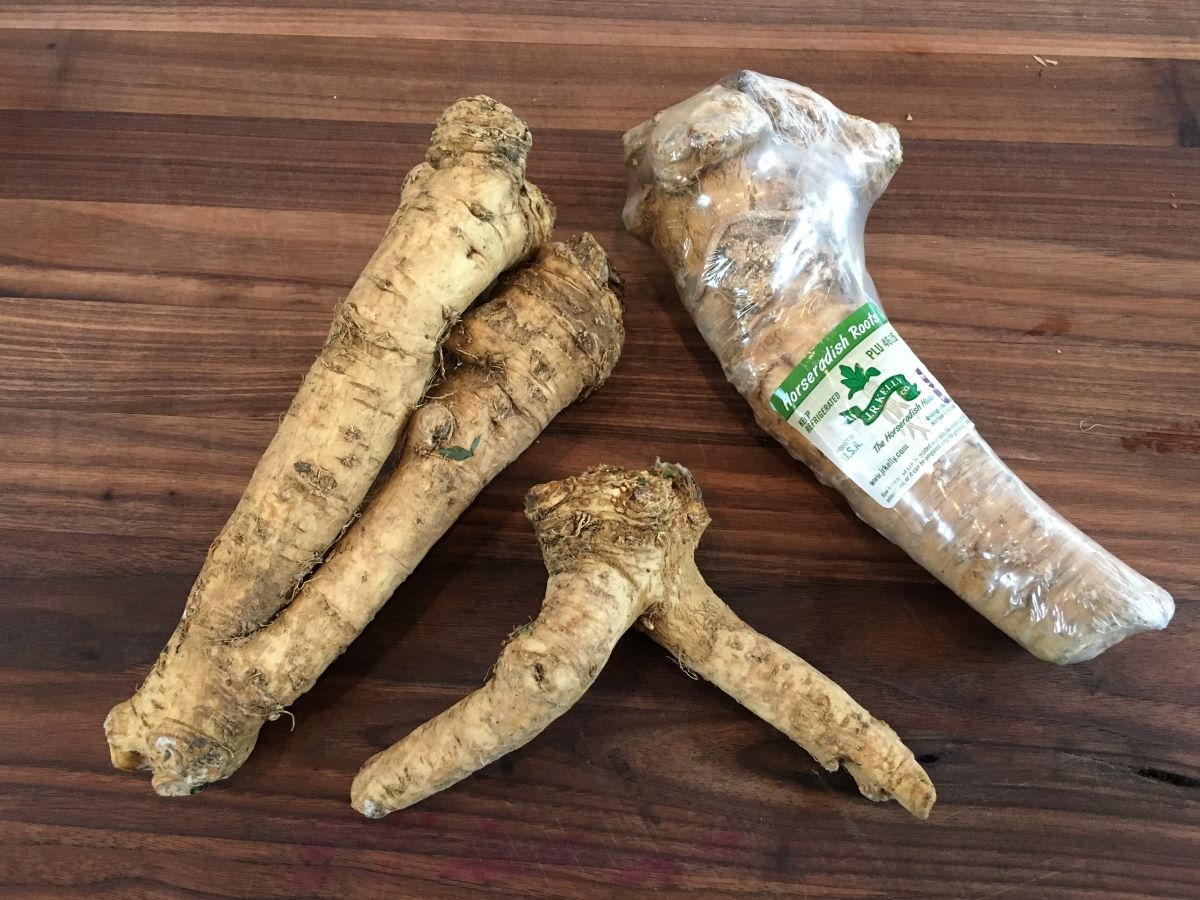

0 thoughts on “How To Store Ginseng Root”